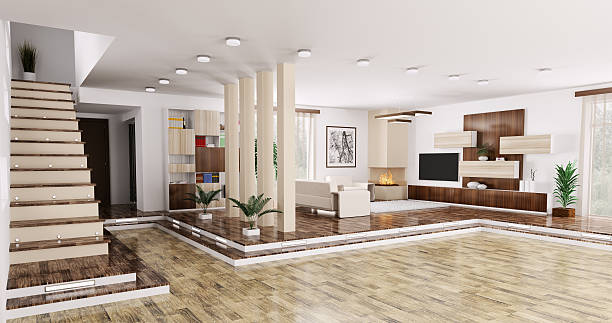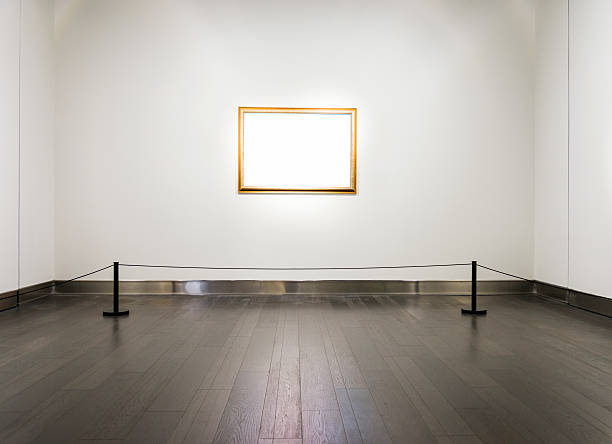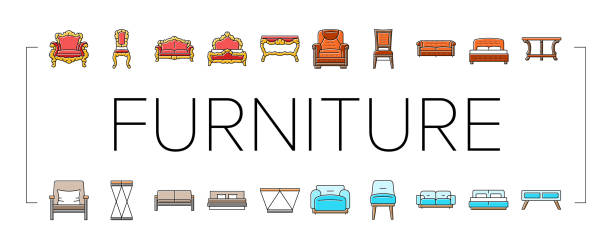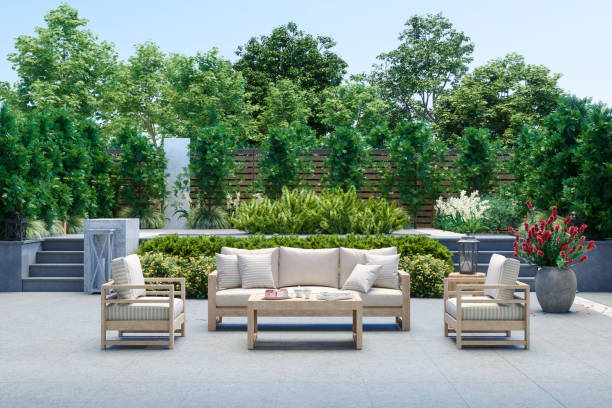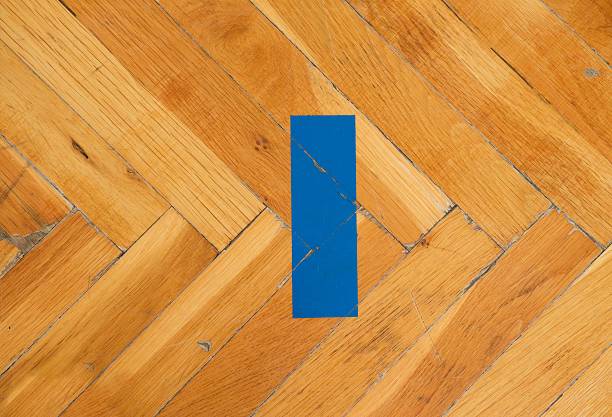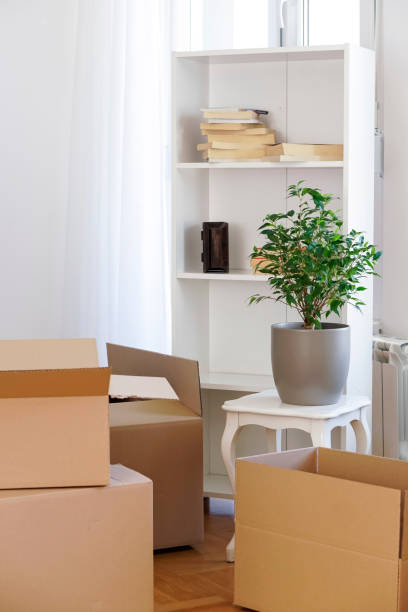
Mixing patterns and textures is a powerful technique that can add depth, personality, and visual interest to your home decor. When done effectively, combining different patterns and textures can create a dynamic and cohesive interior design scheme that reflects your unique style. However, mastering the art of mixing patterns and textures requires careful consideration and balance.
In this guide, we’ll explore expert tips and techniques for achieving stylish interior design by harmoniously blending patterns and textures in your living spaces.
Start with a Neutral Base:

Begin by establishing a neutral foundation for your interior design scheme. Neutral walls, floors, and larger furniture pieces serve as a backdrop for layering patterns and textures. Opt for neutral colors such as white, beige, gray, or soft taupe to create a versatile canvas that allows patterns and textures to take center stage.
Choose a Dominant Pattern:
Select one dominant pattern to serve as the focal point of your design scheme. This could be a bold floral print, geometric pattern, or striped motif. Choose a pattern that resonates with your personal style and sets the tone for the room. Use the dominant pattern sparingly to avoid overwhelming the space, focusing on key elements such as upholstery, drapery, or accent pillows.
Layer with Complementary Patterns:
Once you’ve established your dominant pattern, layer in complementary patterns to add depth and visual interest to the space. Look for patterns that vary in scale, texture, and intensity to create contrast and dimension. Mix geometric prints with organic motifs, or pair stripes with florals for a sophisticated juxtaposition. Experiment with different combinations until you find a harmonious balance that enhances the overall design.
Introduce Textural Elements:
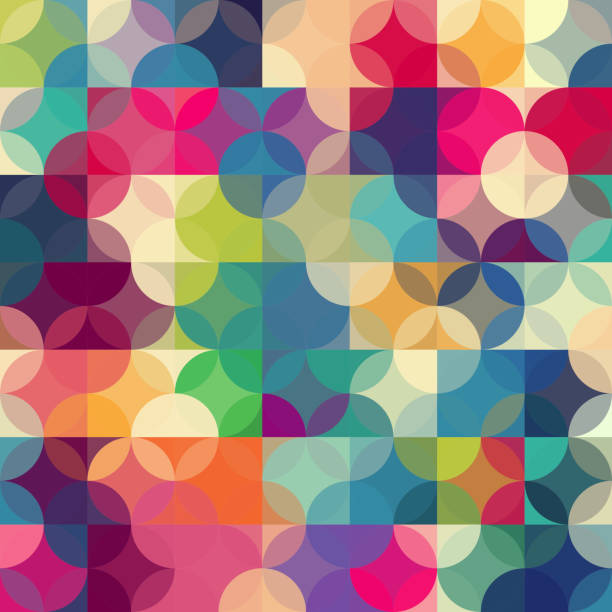
Incorporate a variety of textures to add richness and tactile appeal to your interior design scheme. Mix smooth and rough textures, such as velvet, silk, wool, and leather, to create contrast and visual intrigue. Consider incorporating natural materials like wood, stone, and rattan to add warmth and authenticity to the space. Textural elements can be introduced through furniture, upholstery, area rugs, throw blankets, and decorative accents.
Maintain a Cohesive Color Palette:
Choose a cohesive color palette that ties together the various patterns and textures in the room. Select colors that complement each other and create a sense of harmony and balance. Pull colors from the dominant pattern and use them as accent colors throughout the space. Limit the color palette to three or four main hues to prevent the room from feeling too busy or chaotic.
Edit and Refine:
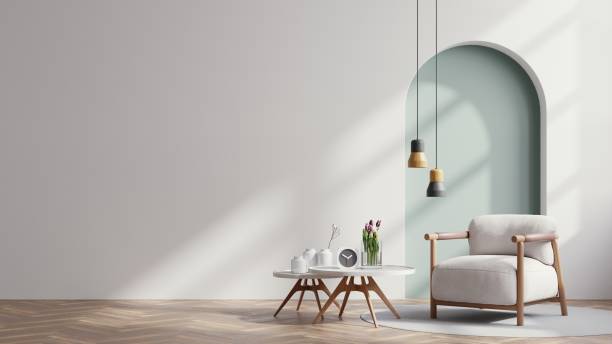
Edit and refine your design scheme by stepping back and evaluating the overall balance and harmony of the space. Remove any patterns or textures that feel overwhelming or out of place. Pay attention to scale, proportion, and symmetry to create a visually pleasing arrangement. Less is often more when it comes to mixing patterns and textures, so don’t be afraid to edit and simplify your design scheme as needed.
Mixing patterns and textures is a versatile and creative approach to interior design that allows you to express your personality and style. By following these expert tips and techniques, you can achieve a stylish and cohesive design scheme that reflects your individual taste and enhances the visual appeal of your home. With thoughtful consideration and attention to detail, you can master the art of mixing patterns and textures and elevate your home decor to new heights of sophistication and style.




